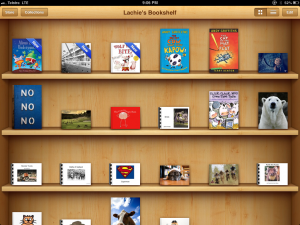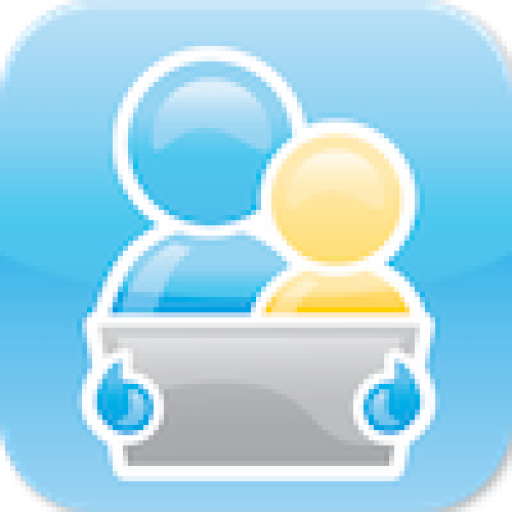Today’s post is brought to you by the two guiding rules of self-selected reading.
- It isn’t self-selected if you don’t choose it yourself.
- You can’t get better at it if it’s too hard.
One of the literacy activities that we want students to engage in is self-selected reading. Self-selected reading has many purposes: it gives students an opportunity to apply the skills they have learned in their other literacy sessions; it exposes students to a broad range of books; and, it helps them to see why they might choose to read once they can.
Many times, self-selected reading is an easy block to set up in classrooms. However, some teachers, particularly teachers who have older students who are emergent readers and writers, find they need to do a more structured setup so that they can follow the two guiding rules of self-selected reading (see the beginning of the post). One concern that is often mentioned is that many older students prefer to read chapter books, even though they may be too difficult for them. Another issue is finding enough material at an easy-to-read level that interests them.
When first planning self-selected reading you need to make sure that the students you are working with have a good number of books to select from – I like to plan for 20 or more books per student. You need to make sure that you cover fiction and non-fiction and that you cover lots of different topics and genres to meet the interests of all students. One approach that I use is to list the different students in the classroom and then write down their interests – and then pull together a range of books at an appropriate reading level that includes these interests.
In pulling together a range of books I look at my range of resources. These include:
- The school library and the librarian. Rosie Mackay, the fabulous teacher librarian at Willans Hill, pulled together this list of picture books for older readers. A good teacher librarian is such a great resource – thanks Rosie! One of the reasons I love this list is that Rosie has also included some simple to read chapter books, such as The Cat on the Mat is Flat by Andy Griffiths and Terry Denton.
- Tar Heel Reader. My favourite online resource for easy-to-read books. I can find, download, print or store books electronically for students to use in this block. If a student is interested in motocross then I search and find books on that topic. Or if they like Taylor Swift, or trains, or animals, or…… Tar Heel Reader is a really important part of your self-selected reading resources when working with older students who are emergent readers.
- Any other appropriate book collections e.g. Start-to-Finish from Don Johnston. (edited to add: this has been discontinued)
- Books students bring in from home.
- Any custom or personal experience books that may have been written about the student(s).
With younger students, it is much easier to pull together an appropriate group of books from the library – although I still try to make sure that I cover their areas of interest. As students are older they often have more varied interests – and it’s important to keep in mind that many of them don’t want to read books that they might perceive as “baby” books. If you want an older student to read a baby book then it would be good to give them a real reason for doing it e.g. reading the book to a younger student once they have mastered it.
The other important point to consider is how you are going to present the books to the students for self-selection, especially if you have very different reading levels in a classroom. Different teachers I have worked with have handled this in various ways. Some have organised the books in tubs and students have selected from a particular tub. Or some have had reading stations/tables with a group of readers at each table. Technology can also be a great tool in this area – if a student is worried about being seen reading non-chapter books then give them books on an iPad. Once a student is reading books on an iPad the format of the book becomes irrelevant. I can build a collection in iBooks that is custom tailored for a particular student or group of students. (see my last post on putting Tar Heel Reader books into iBooks for some information on this).

A collection of commercial books, custom books and Tar Heel Readers made up in iBooks
And finally, it’s important to remember the teacher’s role in self-selected reading. We need to make students aware of the range of books on offer. You should read a few pages of a book that you think might interest some students – a “teaser”. Remember to read aloud across the range of books available and expose students to both fiction and non-fiction. You could organise a “reader’s chair” once a week where students tell each other about their favourite books. You should also have reader’s conferences with students and steer them towards easy to read but interesting books – particularly around their favourite topics.
And I’d love to hear ideas that have worked for you in self-selected reading too!

